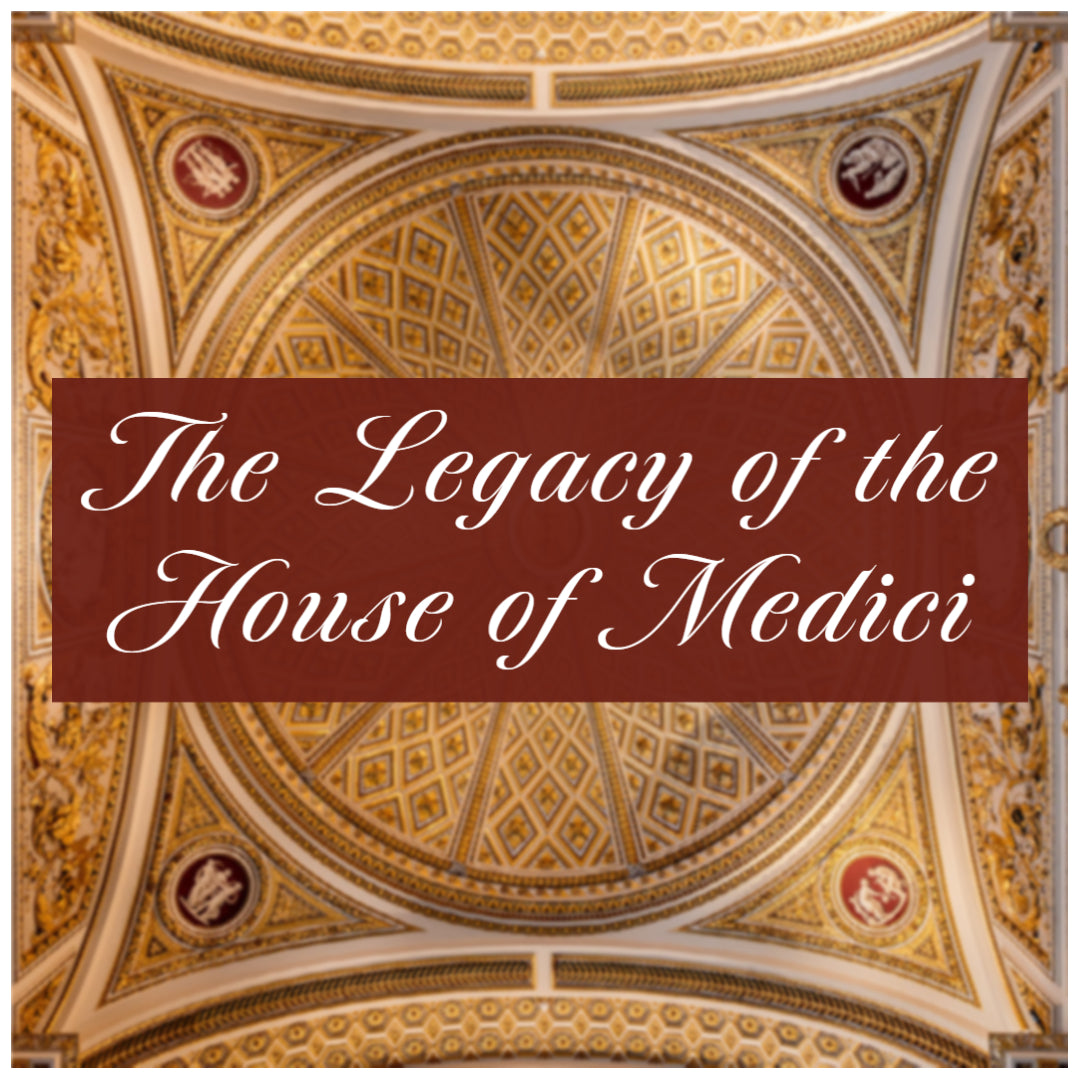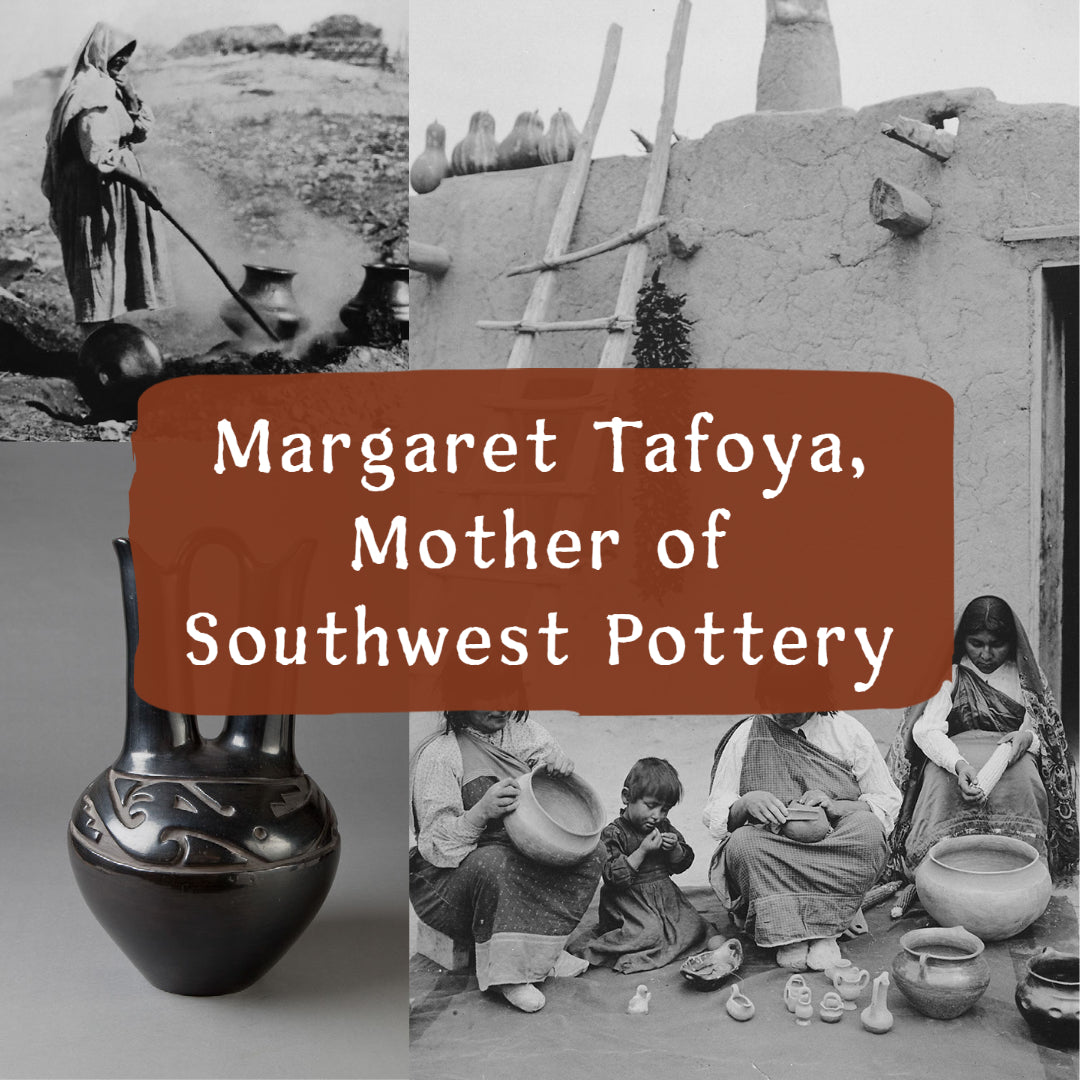
The Legacy of the House of Medici
While Renaissance era Florence, Italy was a republic at the time, there is no doubt that the Medici family ruled. Being bankers and wool merchants, the Medici rose in power and wealth relatively quickly, while creating conflict with other members of the ruling class who had been around much longer. Through their funding of libraries, artists, and architects, the Medici were almost single handedly responsible for the revival of classical learning and ideas that the Renaissance is known for today. They also used their money to back projects they supported and were not above bribing politicians and clergy to see to their own ambitions. Despite the rivalries and challenges they faced: murders, conspiracies, and financial collapse; the Medici were able to overcome.
While the Medici Bank was becoming the most powerful financial institution in Europe, Cosimo, the first Medici patriarch, was also gaining influence and power. He built the first public library in Florence and was a devoted patron of the arts. During this time, artists worked almost exclusively through commissions. They were revered for their work, but the patrons were equally recognized for their contributions to culture and society. Cosimo also became a tremendous influence in the Catholic Church, securing a banking contract with the Pope, and thus his family's financial future for generations.
Cosimo's grandson, Lorenzo, also proved an able leader. He was able to see his son, Giovanni, become a Cardinal and then Pope. Lorenzo also established a sort of art academy and was perhaps the most active member of the family in patronizing the arts. Michelangelo even lived with the Medici for a time and his career was intertwined heavily with the family. Among his many works, he was commissioned by Giovanni to create the Medici Chapel in the Basilica of San Lorenzo as a mausoleum for members of the Medici family. While Michelangelo owed his career to the family, he also spent much of his life trying to escape their grasp.
While contributing significantly to Florentine society, the Medici are also responsible for such banking innovations as double-entry bookkeeping, the use of holding companies, and lines of credit. They were patrons of mathematician and astrologer Galileo, and he in turn named Jupiter's four largest moons after the Medici children that he tutored. They also commissioned St. Peter's Basilica and the Uffizi Gallery, as well as their own Palazzo Medici Riccardi.
It's no coincidence that the rise of the Medici dynasty occurred at the same time as the Italian Renaissance and Florence becoming the cultural epicenter of Europe. Between their funding of arts, libraries, and the Catholic Church, the Medici family became a powerful dynasty that was synonymous with the cultural blossoming of the Italian Renaissance. While the Medici family were not without dubious methods, society at large has much to owe to them, their vast wealth, and their diplomacy. The last male Medici heir died in 1737, thus effectively ending their reign after nearly 300 years.
To view this blog with additional photos, decor and furniture we have available click here!
Interested in reading our previous blogs? Click here!




Leave a comment
This site is protected by hCaptcha and the hCaptcha Privacy Policy and Terms of Service apply.